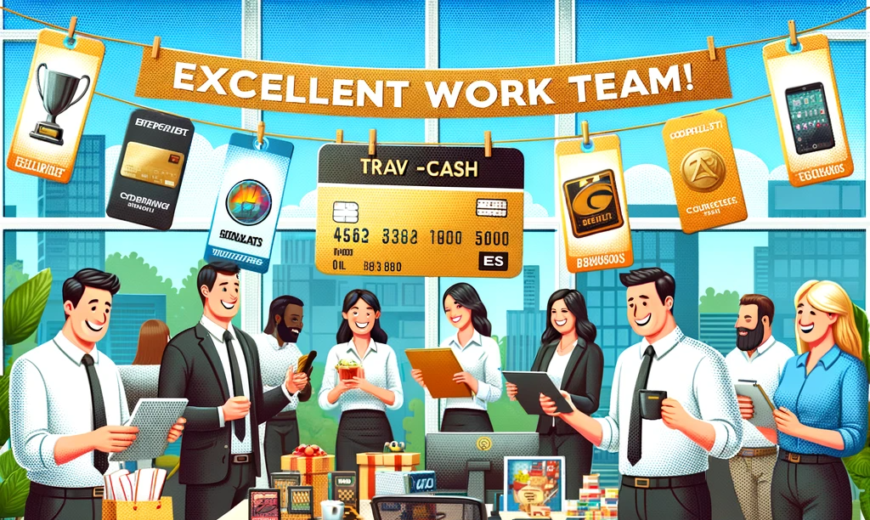
The exact percentage of cash versus non-cash incentives in employee recognition programs isn’t explicitly stated in the sources I reviewed. However, there’s substantial evidence pointing to a strong preference for non-cash rewards in such programs. Research suggests that tangible non-cash rewards often deliver equal or greater returns to organizations compared to cash rewards. This preference for non-cash incentives is tied to various factors, including their perceived uniqueness and memorability, and the psychological impact they have on recipients.
For instance, non-cash rewards like travel, merchandise, and gift cards have a lasting impact because they tend to be more memorable and emotionally significant compared to cash rewards, which are often used for everyday expenses and lack a sense of uniqueness. Non-cash rewards also offer social and emotional benefits, such as the shared experience of a trip or the enjoyment of a special item, which cash rewards typically do not provide.
In the realm of employee recognition, non-cash rewards are viewed as important tools for building high-performing teams and enhancing organizational culture. These rewards include a variety of activities and items, such as team-building events, gift cards, and incentive travel, all of which are highly valued for their ability to motivate and engage employees.
The growing preference for non-cash rewards is reflected in the increase in their use by organizations. In the U.S., for example, the use of tangible non-cash rewards by organizations grew more than three-fold over a period of twenty years. This shift indicates a broader understanding among businesses of the advantages non-cash rewards bring, such as creating memorable experiences and fostering a positive workplace culture.
Overall, while the exact percentage distribution between cash and non-cash rewards in employee recognition programs is not specified, it’s clear that non-cash rewards play a significant and increasingly preferred role in these programs due to their unique benefits and impact on employee motivation and satisfaction


